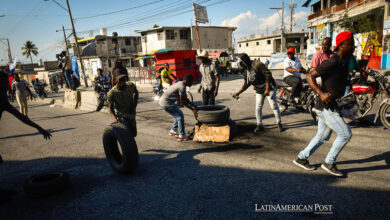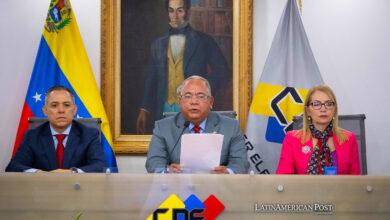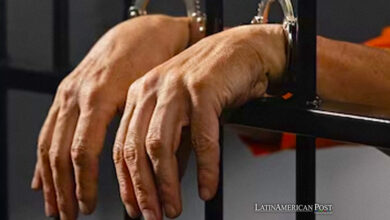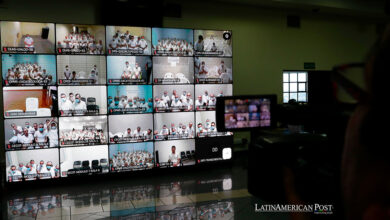Echoes of Genocide: Unearthing Guatemala’s Dark Past
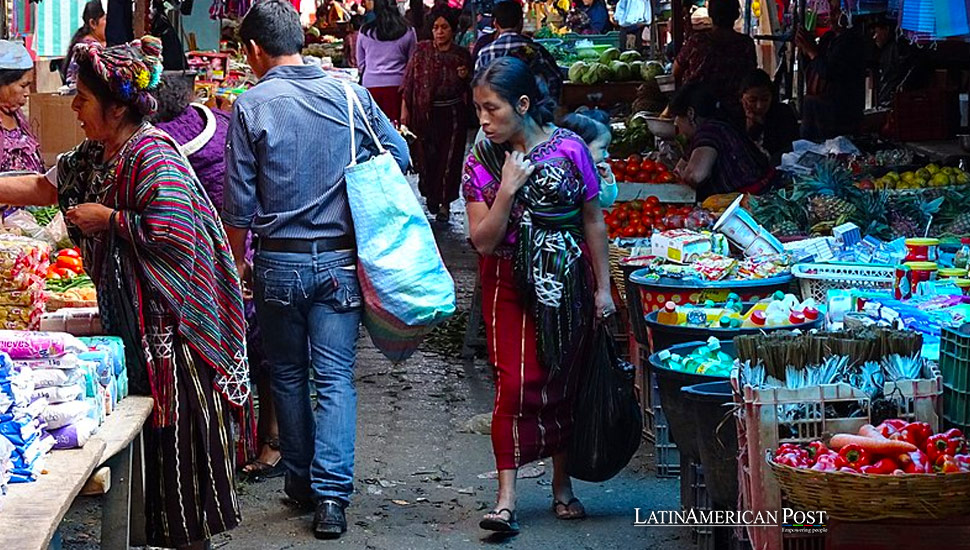
In Guatemala, forensic archaeologists unearth the harrowing remnants of a brutal campaign against the Maya Ixil community, revealing the depths of a genocide that challenges the nation’s journey toward justice and reconciliation.
In a solemn courtroom in Guatemala, forensic archaeologist Luis Enrique Salazar recounts a chilling testimony, “People asked us to leave the land untouched because it contained the blood of their loved ones.” This poignant statement was made during the trial against retired General Benedicto Lucas García, accused of perpetrating genocide against more than 1,000 indigenous people between 1981 and 1982 in northern Guatemala.
Uncovering the Past: Exhumations in Maya Ixil
The backdrop of this trial is the haunting memory of Guatemala’s internal armed conflict that spanned from 1960 to 1996, a period marked by extreme violence and egregious human rights violations. The focus of this particular case is the Maya Ixil region, nestled in the mountains of northern Guatemala, where the scars of genocide are deeply etched into the community’s collective memory.
Forensic archaeologist Carmen Valle, who participated in exhumations in San Gaspar Chajul, a Maya Ixil municipality, shared her experiences from 2007. Valle detailed how she entered a mass grave and uncovered the remains of a woman alongside offerings and garments placed by the victim’s husband. These exhumations, requested by locals like Juan de León, who reported his wife missing in 1982, have become a crucial part of piecing together the narrative of those dark times.
Throughout the second week of hearings against Lucas García, accused of directing military operations that led to the deaths of more than 1,770 indigenous individuals, the courtroom echoed with testimonies from several experts. These included detailed analyses and findings from the zones attacked by the military, corroborating the systematic targeting of the civilian population under the guise of combating internal enemies.
Valle’s testimony to the Tribunal de Mayor Riesgo “A,” under Judge Gervis Sical was particularly striking. She explained that the individuals they unearthed had likely died after being forcibly displaced by state military forces, a testament to the brutal strategies employed during the conflict.
Community Healing Through Exhumations: Salazar’s Account
On the same day, Salazar also testified, recounting his role in exhuming over 20 children’s skeletons in San Gaspar Chajul. He described how these exhumations were conducted in the presence of the victims’ families and neighbors, transforming these moments into crucial steps for the community to mourn and find closure after the war.
As the testimonies unfolded, the accused, Lucas García, watched the proceedings virtually from the Military Hospital of Guatemala, where he is currently detained. The prosecution’s case hinges on evidence that Lucas García, as the Chief of the Army General Staff, systematically identified the Maya Ixil peoples of Santa María Nebaj, San Juan Cotzal, and San Gaspar Chajul as the “internal enemy,” leading to 32 massacres in over 20 communities in the Quiché region.
Prosecutor Cándida Morales Santos highlighted the chilling statistics at the trial’s opening: “13% of the genocide victims were children aged 0 to 3 years, and many were pregnant women and unarmed elderly, killed for being perceived as sympathetic to the guerrillas.”
Since 2018, Lucas García has been serving a 58-year prison sentence for the enforced disappearance of Marco Antonio Molina Theissen in October 1981. His current trial revisits the broader atrocities of a 36-year internal conflict that left over 250,000 dead or disappeared, culminating only with the signing of a peace accord in 1996.
Seeking Justice and Reconciliation: Guatemala’s Journey
The ongoing trial not only seeks justice for the victims but also serves as a critical reflection on Guatemala’s ability to confront its past. Despite the peace accord, the violence echoes linger, complicating the nation’s path to reconciliation. The work of forensic archaeologists like Salazar and Valle is vital in this process, as they help unearth truths that have long been buried under the soil of Guatemala.
Also read: The Plight of Guatemala’s Exiled Journalists
As Guatemala grapples with these truths, the international community watches closely. The outcomes of such trials are pivotal, not just for the victims’ families seeking closure but for the entire country’s journey towards understanding and healing. In this context, forensic archaeology’s painful yet necessary revelations are not just about recounting horrors but about stitching the fabric of a nation back together, ensuring such atrocities are never repeated.

